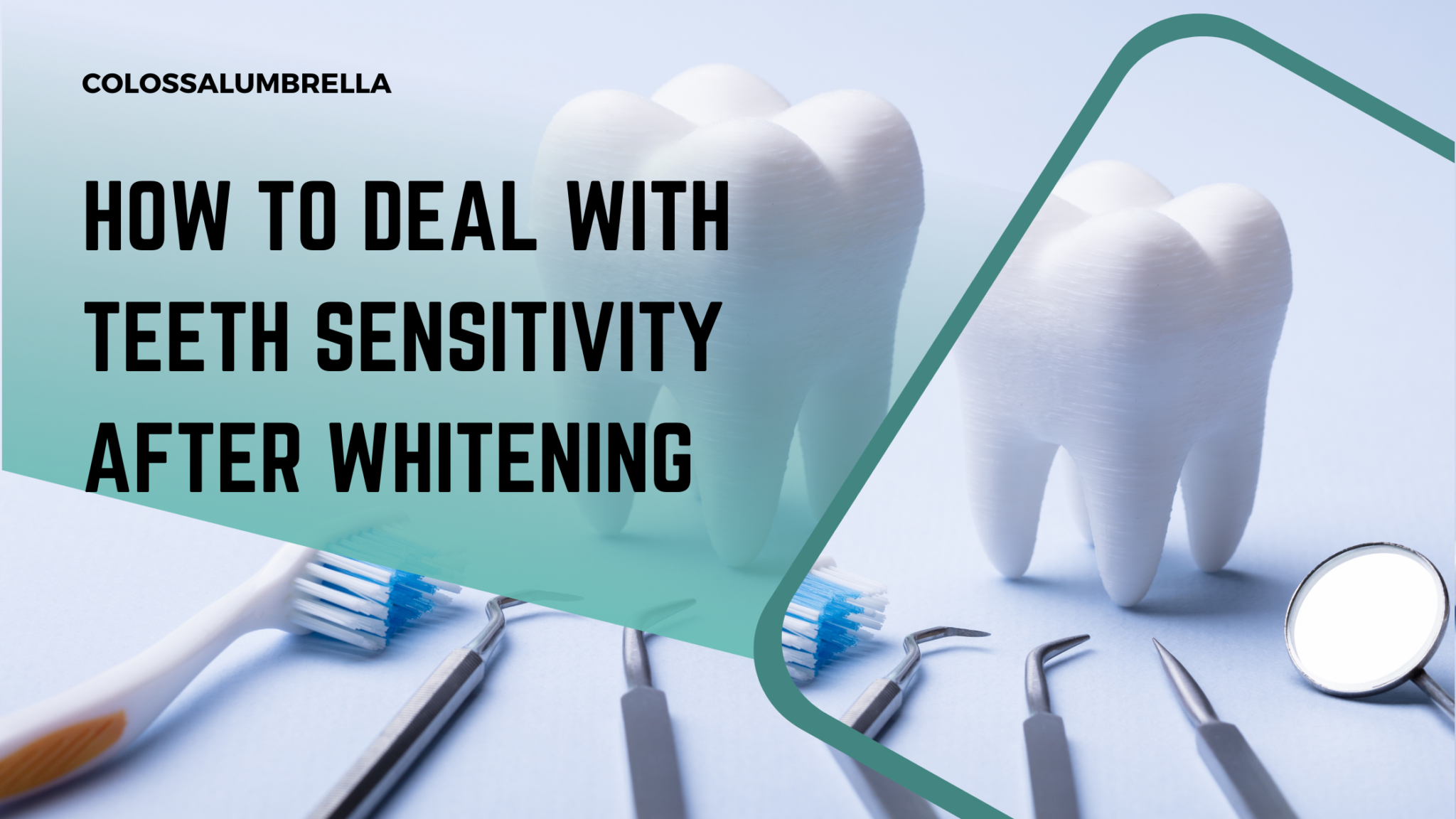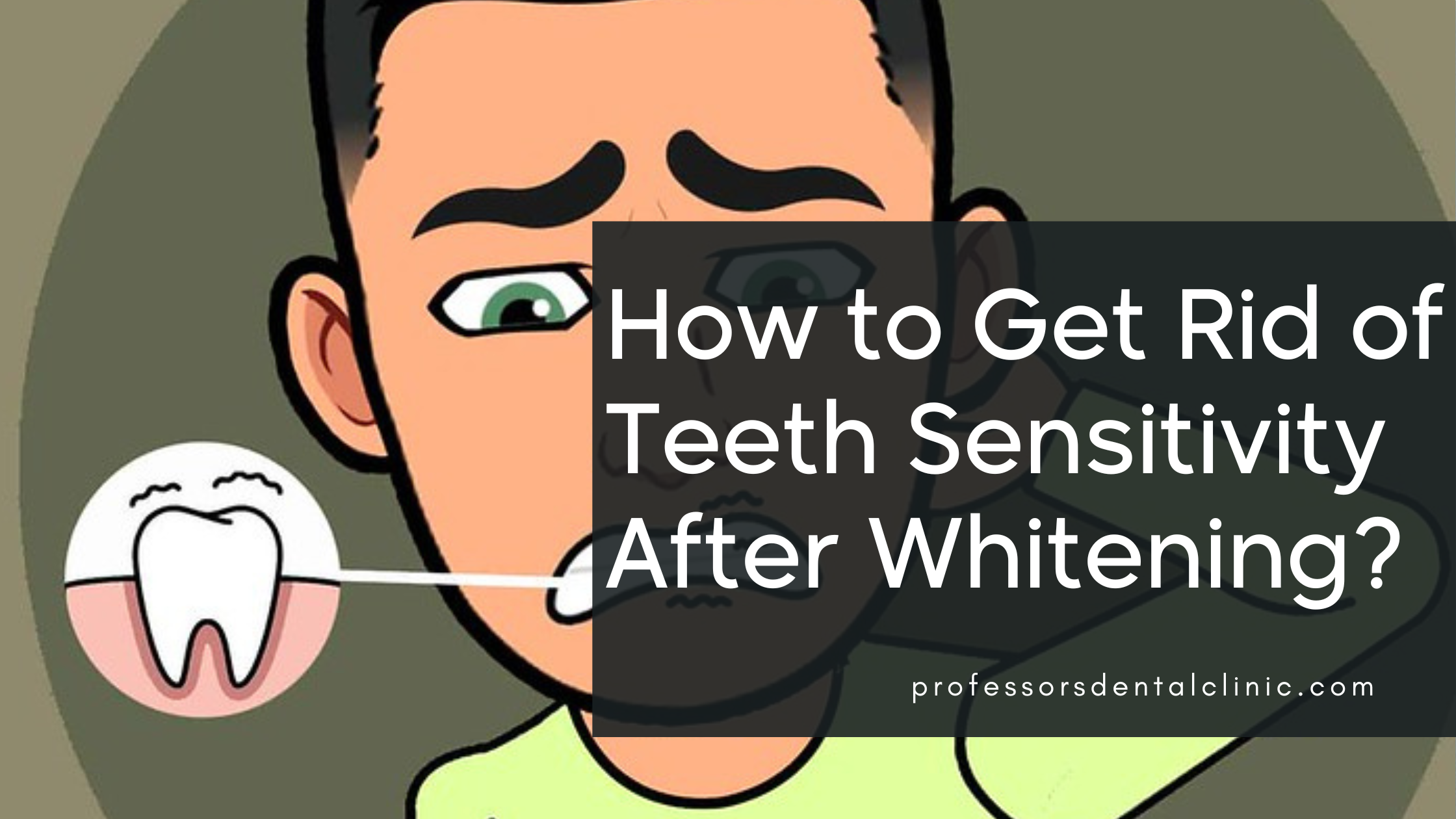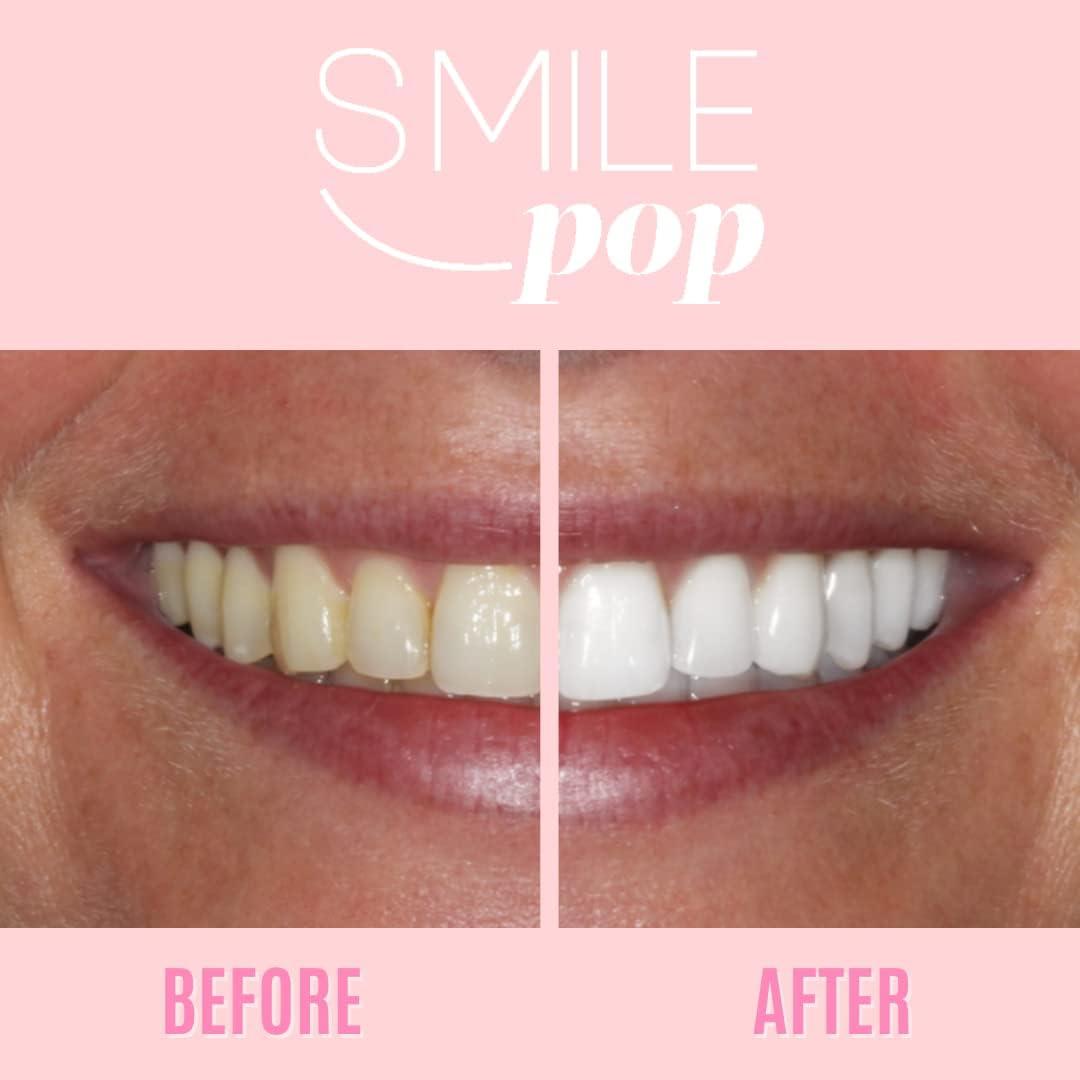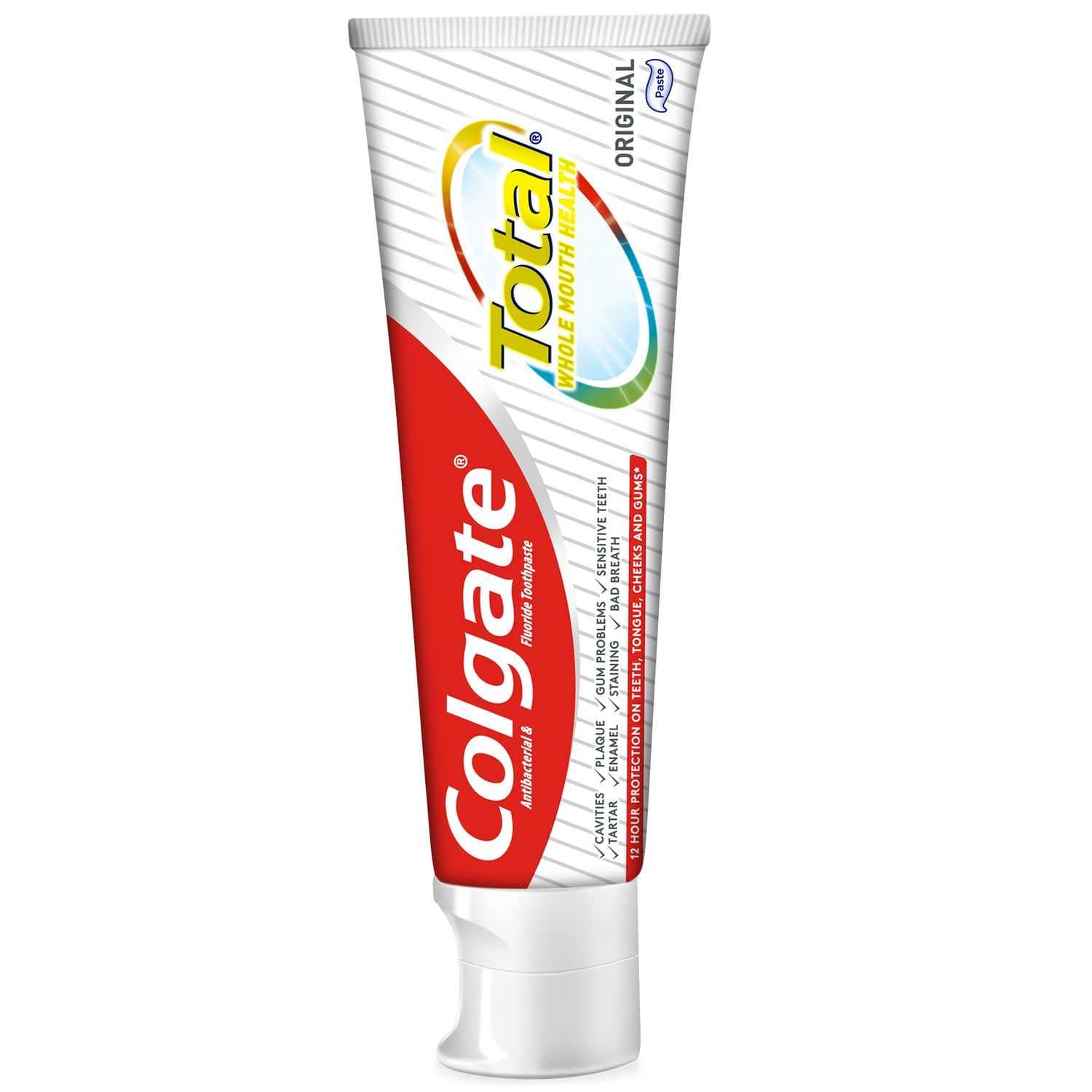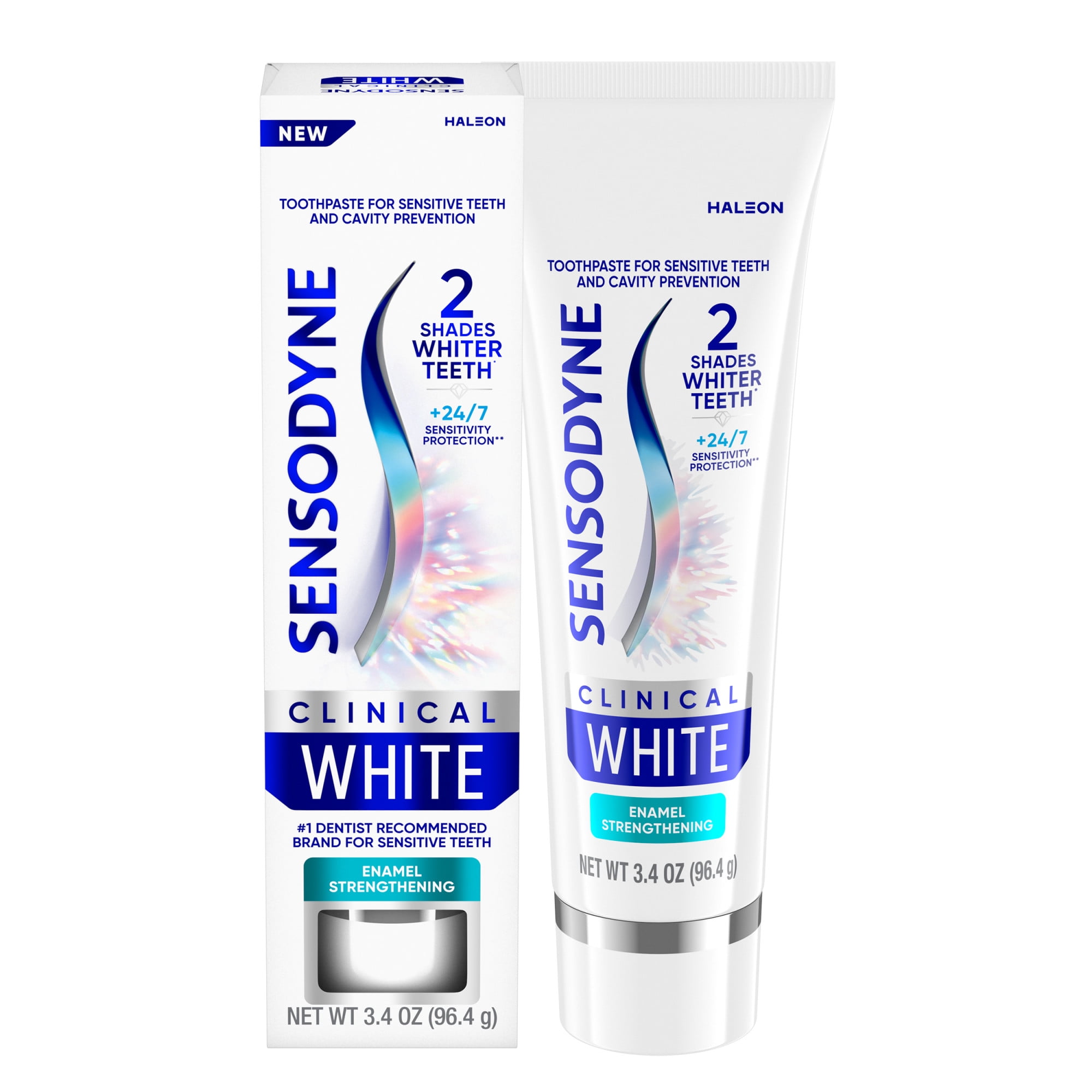Best Painkiller For Sensitive Teeth After Whitening
:max_bytes(150000):strip_icc()/ht-best-teeth-whitening-products-for-sensitive-teeth-tout-d38956d5e7b248d8be965f97abafb68b.jpg)
Imagine biting into your favorite ice cream cone on a sunny summer day, only to be met with a sharp, unexpected jolt of pain. Or perhaps sipping a warm cup of coffee on a chilly morning, and instead of comforting warmth, you experience a shooting ache. This is the reality for many after undergoing teeth whitening procedures – a dazzling smile can sometimes come at the cost of temporary, yet significant, sensitivity.
This article explores the best options for managing tooth sensitivity after whitening treatments. It will delve into the science behind the pain, examine various over-the-counter and prescription remedies, and offer preventative tips to help you maintain a bright smile without the discomfort.
Understanding Tooth Sensitivity After Whitening
Tooth whitening, while a popular and effective cosmetic procedure, can often lead to temporary tooth sensitivity. This sensitivity arises because the whitening agents, typically hydrogen peroxide or carbamide peroxide, penetrate the enamel and reach the dentin layer. The dentin contains microscopic tubules that lead directly to the nerve of the tooth.
When these tubules are exposed to temperature changes or certain foods and drinks, the nerves can become stimulated, resulting in that familiar sharp pain. The degree of sensitivity varies from person to person, depending on factors like the concentration of the whitening agent used, the duration of the treatment, and individual tooth structure.
The Science Behind the Ache
The whitening process essentially opens up these microscopic tubules, making the nerves more vulnerable. According to the American Dental Association (ADA), this is a common side effect and is usually temporary.
The ADA further explains that the discomfort usually subsides within a few days to a few weeks after the whitening treatment is completed. However, for some individuals, the sensitivity can be quite intense and significantly impact their daily lives.
Over-the-Counter Relief: Your First Line of Defense
For many, over-the-counter (OTC) products provide adequate relief from post-whitening sensitivity. These products primarily work by blocking the dentinal tubules and reducing nerve stimulation.
Sensodyne and Colgate Sensitive are two popular toothpaste brands specifically formulated for sensitive teeth. These toothpastes contain ingredients like potassium nitrate and stannous fluoride, which help to desensitize the nerves and strengthen the enamel.
Potassium nitrate, in particular, works by blocking the transmission of pain signals from the nerve to the brain. Stannous fluoride helps to remineralize the enamel, making it more resistant to sensitivity triggers.
How to Use Desensitizing Toothpaste Effectively
To maximize the benefits of desensitizing toothpaste, it is important to use it regularly, even before and during the whitening process. Brushing twice daily with a soft-bristled toothbrush is recommended.
Additionally, some dentists recommend applying a small amount of the toothpaste directly to the sensitive areas and leaving it on for a few minutes before rinsing. This allows the active ingredients to penetrate the tubules more effectively.
Beyond toothpaste, OTC fluoride mouth rinses can also help to strengthen the enamel and reduce sensitivity. Look for rinses that contain sodium fluoride, which is another proven enamel strengthener.
Prescription Strength Options: When OTC Isn't Enough
In cases where OTC remedies prove insufficient, prescription-strength options may be necessary. Your dentist can prescribe stronger fluoride treatments, such as fluoride gels or varnishes, to provide more intensive relief.
These prescription products contain a higher concentration of fluoride than OTC options, which allows them to remineralize the enamel more effectively and block the dentinal tubules more thoroughly. 5% sodium fluoride varnish is a common prescription treatment.
Dentists may also prescribe pain relievers, such as ibuprofen or naproxen, to help manage the pain and inflammation associated with tooth sensitivity. In rare cases, stronger pain medications may be considered, but these are typically reserved for severe cases.
In-Office Treatments for Immediate Relief
Your dentist can also perform in-office treatments to alleviate sensitivity. One common treatment involves applying a desensitizing agent directly to the teeth.
These agents often contain ingredients like fluoride, potassium oxalate, or calcium phosphate, which work to block the dentinal tubules and reduce nerve stimulation. Another option is laser therapy, which can help to seal the tubules and reduce sensitivity.
These treatments typically provide immediate relief, although the effects may be temporary. Your dentist can advise you on the best in-office treatment options based on your individual needs and the severity of your sensitivity.
Preventative Measures: Minimizing Sensitivity from the Start
The best way to manage post-whitening sensitivity is to prevent it from occurring in the first place. Several preventative measures can be taken before, during, and after the whitening process to minimize discomfort.
Discuss your sensitivity concerns with your dentist before undergoing whitening. They can assess your teeth and gums to determine if you are at a higher risk for sensitivity. They can also recommend a customized whitening plan that minimizes the risk of discomfort.
Consider using a lower concentration of whitening agent or shortening the duration of each whitening session. This can help to reduce the amount of irritation to the nerves. Many dentists recommend using a desensitizing toothpaste for a week or two before starting the whitening process.
Dietary Considerations During and After Whitening
Avoid acidic foods and drinks, such as citrus fruits, sodas, and vinegar-based dressings, as these can further erode the enamel and exacerbate sensitivity. Opt for softer foods that require less chewing and avoid extremely hot or cold temperatures.
Maintaining good oral hygiene is crucial. Continue to brush and floss regularly, using a soft-bristled toothbrush and desensitizing toothpaste. This will help to keep your teeth clean and healthy and reduce the risk of further irritation.
If you experience significant sensitivity despite taking preventative measures, don't hesitate to contact your dentist. They can provide additional recommendations and treatments to help you manage your discomfort.
Beyond Painkillers: Holistic Approaches
While painkillers and desensitizing agents are the primary methods for managing sensitivity, some individuals find relief through holistic approaches. These methods focus on reducing inflammation and promoting overall oral health.
Oil pulling, an ancient Ayurvedic practice, involves swishing a tablespoon of oil (such as coconut oil or sesame oil) in the mouth for 15-20 minutes. Proponents claim it helps reduce inflammation and remove bacteria, potentially alleviating sensitivity.
However, it's important to note that more scientific research is needed to fully support these claims. Always consult with your dentist before trying any alternative treatments.
Conclusion: A Brighter Smile, Pain-Free
Achieving a brighter, whiter smile doesn't have to come with unbearable pain. By understanding the causes of tooth sensitivity after whitening and taking proactive steps to manage it, you can enjoy the benefits of a dazzling smile without the discomfort.
From over-the-counter desensitizing toothpastes to prescription-strength fluoride treatments and preventative measures, there are a variety of options available to help you find relief. Remember to communicate openly with your dentist about your concerns and work together to develop a personalized treatment plan.
With the right approach, you can confidently show off your pearly whites and savor every moment, without the nagging worry of sensitivity. The key is patience, persistence, and a proactive approach to oral health.

